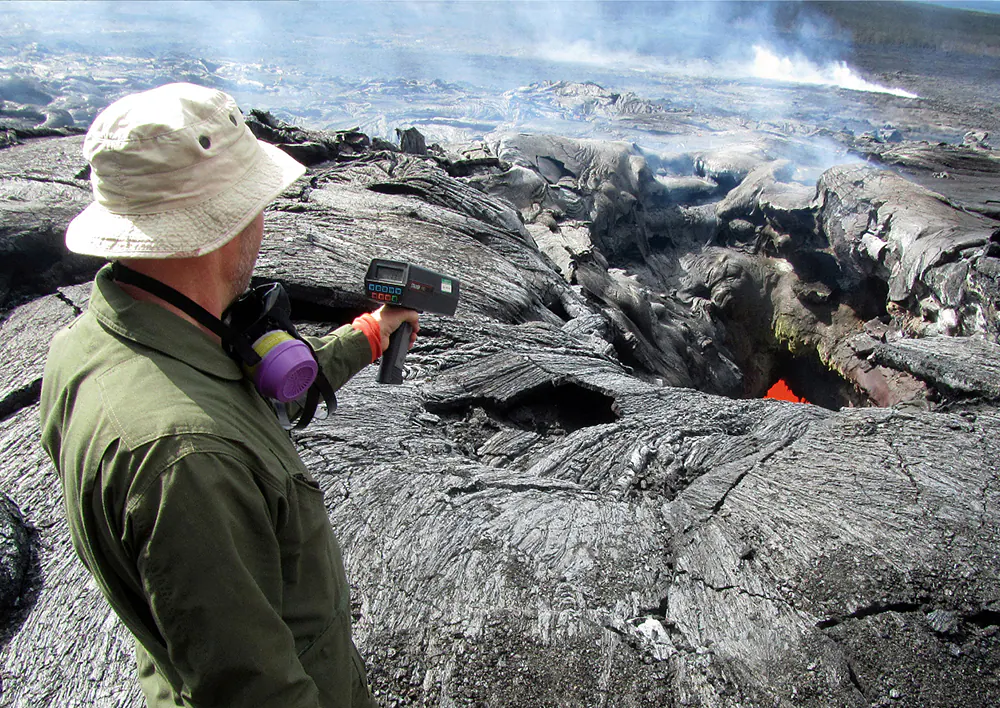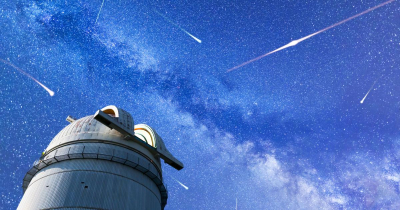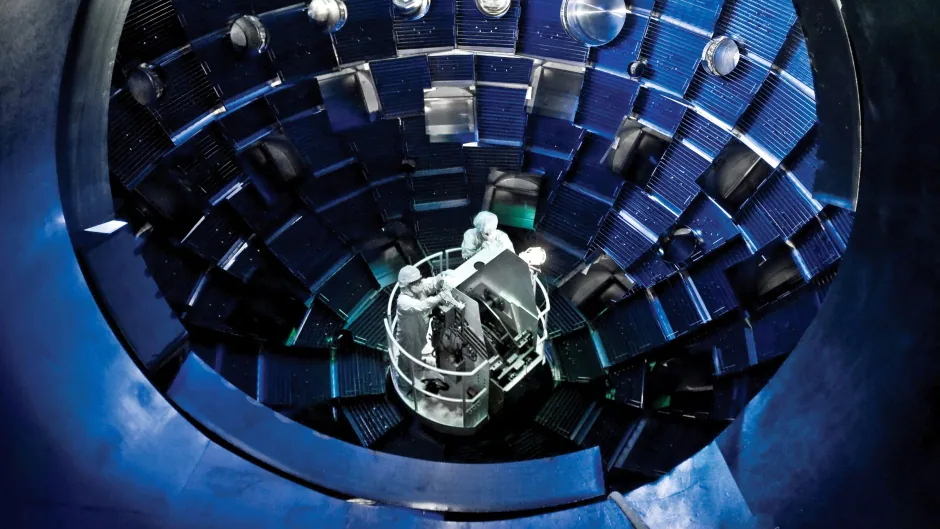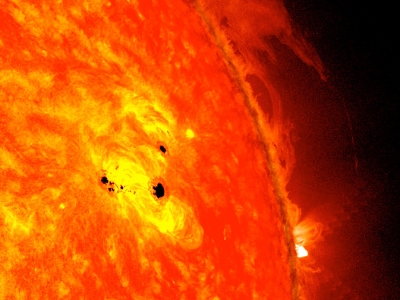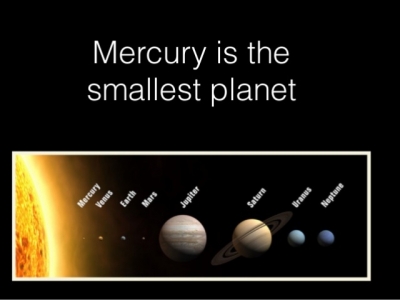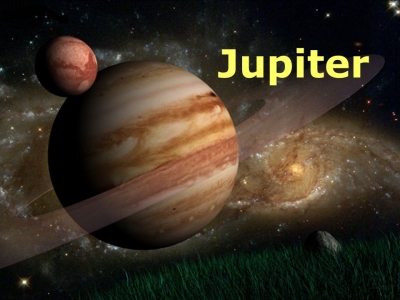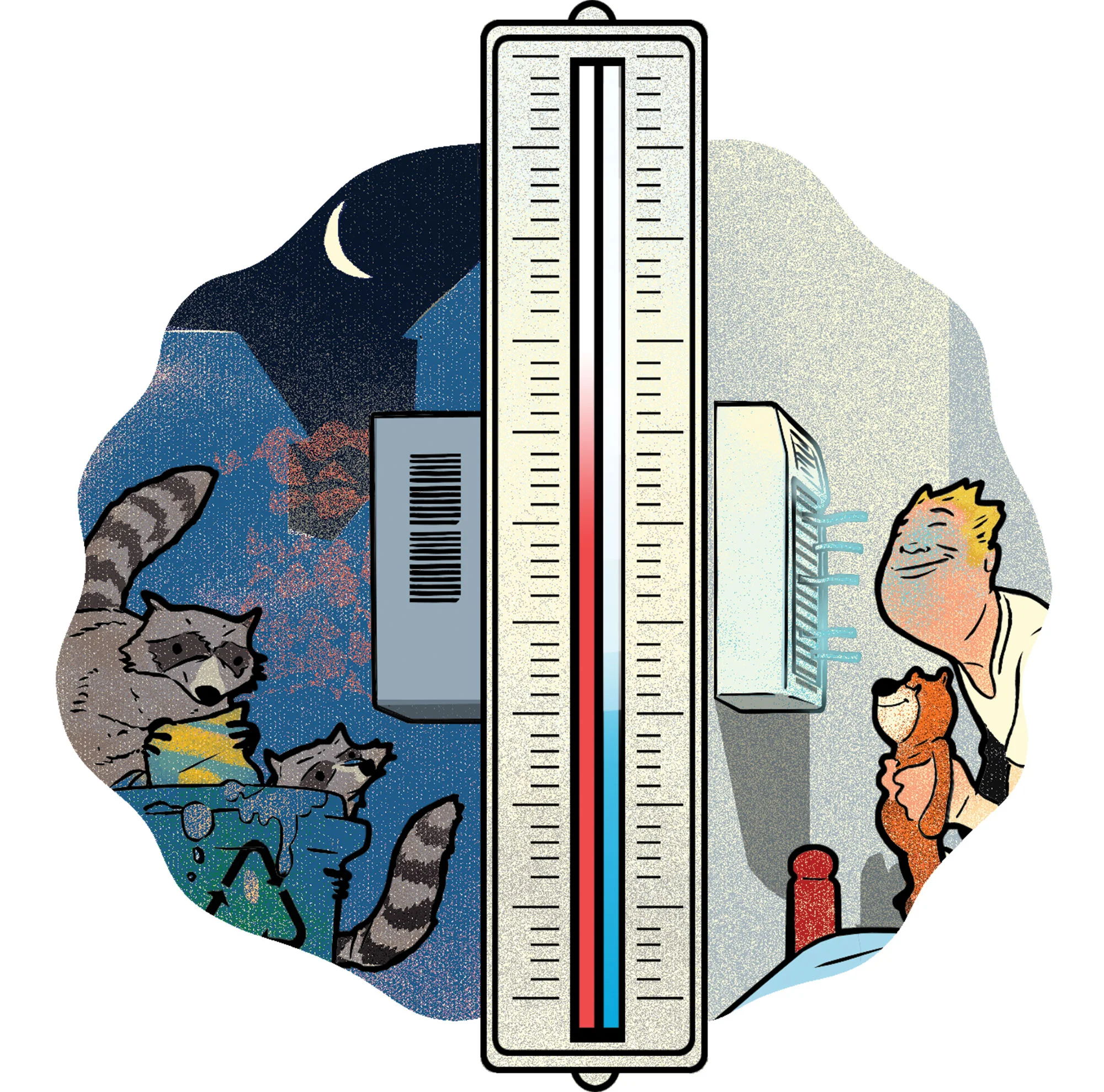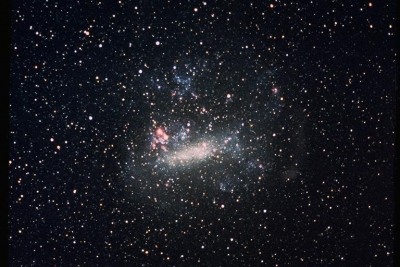When was the third human landing on the moon?
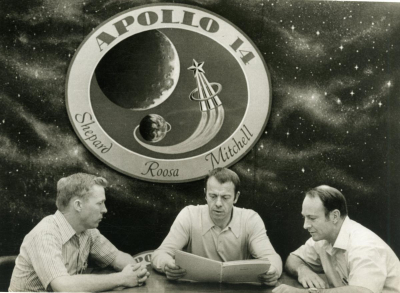
On February 5, 1971, Apollo 14 made a successful landing on the lunar surface, thereby becoming the third human landing on the moon after Apollo 11 and Apollo 12.
When we talk about the Apollo programme, it is often hard to look beyond the Apollo 11 mission, which achieved the distinction of landing the first humans on the moon. Even though the Apollo programme is best remembered for this, it should also be noted that it provided for innumerable demonstrations of ingenuity and problem solving and increased NASA's expertise by leaps and bounds.
Following the success of Apollo 11 in July 1969, Apollo 12 landed humans on the moon in November 1969. Apollo 13, however, had to be aborted following an oxygen tank explosion in the service module.
This meant that the Fra Mauro Formation, originally planned to be the lunar landing site for Apollo 13, served as the landing site for Apollo 14, once NASA had completed an accident investigation and upgraded the spacecraft.
Shepard, Mitchell, and Roosa
Launched on January 31, 1971, Apollo 14 had a three-member crew that included commander Alan Shepard, lunar module pilot Edgar Mitchell, and command module pilot Stuart Rossa. Even though there was a potential short circuit in an abort switch on the lunar module and the landing radar came on very late during the landing sequence, Shepard and Mitchell successfully landed on the lunar surface on February 5. In fact, it was the most precise landing until then, as they landed less than 100 feet from the targeted point.
Shepard and Mitchell spent over 33 hours on the moon, including two extra vehicular activities (EVAS) that spanned nine hours and 23 minutes. Even though the first of the two EVAS began an hour later than scheduled due to communications systems problems, it turned out to be a success.
Modular Equipment Transporter
The first EVA was mainly to deploy a number of experiments and some of these sent back data to Earth until September 1977. While a seismometer detected thousands of moonquakes and helped find out the moon's internal structure, other instruments looked at the composition of solar wind and the moon's atmosphere.
Apart from the safety upgrades that were done for Apollo 14, there was also the addition of the Modular Equipment Transporter (MET). While Apollo 11 astronauts carried their tools by hand and Apollo 12 astronauts used a hand tool carrier, Shepard and Mitchell could employ the MET like a wheelbarrow, stowing away their scientific equipment, tools, camera, and sample collections.
During the duo's second EVA dedicated to explore the Cone Crater, the MET came in handy as they were able to pick up a football-sized rock, designated 14321, but better known by its nickname "Big Bertha". Using the MET, the astronauts were able to transport this sample back to the lunar module. As recently as 2019, studies suggested that a two-cm sliver of the Big Bertha might have originally come from the Earth's crust, and not the moon.
42 kg of samples
Even though the crew never saw the interior of the crater, post-mission comparisons showed that Shepard and Mitchell were within 50-75 m from the crater rim. The round trip lasted four hours and 35 minutes in which the duo traversed nearly 3 km, including samples from the first EVA, the duo had collected 42 kg of lunar samples.
While Shepard and Mitchell were busy on the lunar surface, Roosa, who was in the command module, clicked many pictures in high resolution. These photographs of the moon's Descartes region played a pivotal role in certifying the area's safety as a landing site and even helped plan rover traverses for the Apollo 16 mission.
Liftoff from the lunar surface took place exactly on schedule, while rendezvous and docking with the command module was just two minutes off schedule. After spending 2.8 days in lunar orbit, during which time the command module had circled the moon 34 times, the Apollo 14 crew members headed back to Earth. They splashed down safely in the Pacific Ocean on February 9, exactly nine days and two minutes after launch.
Picture Credit : Google
